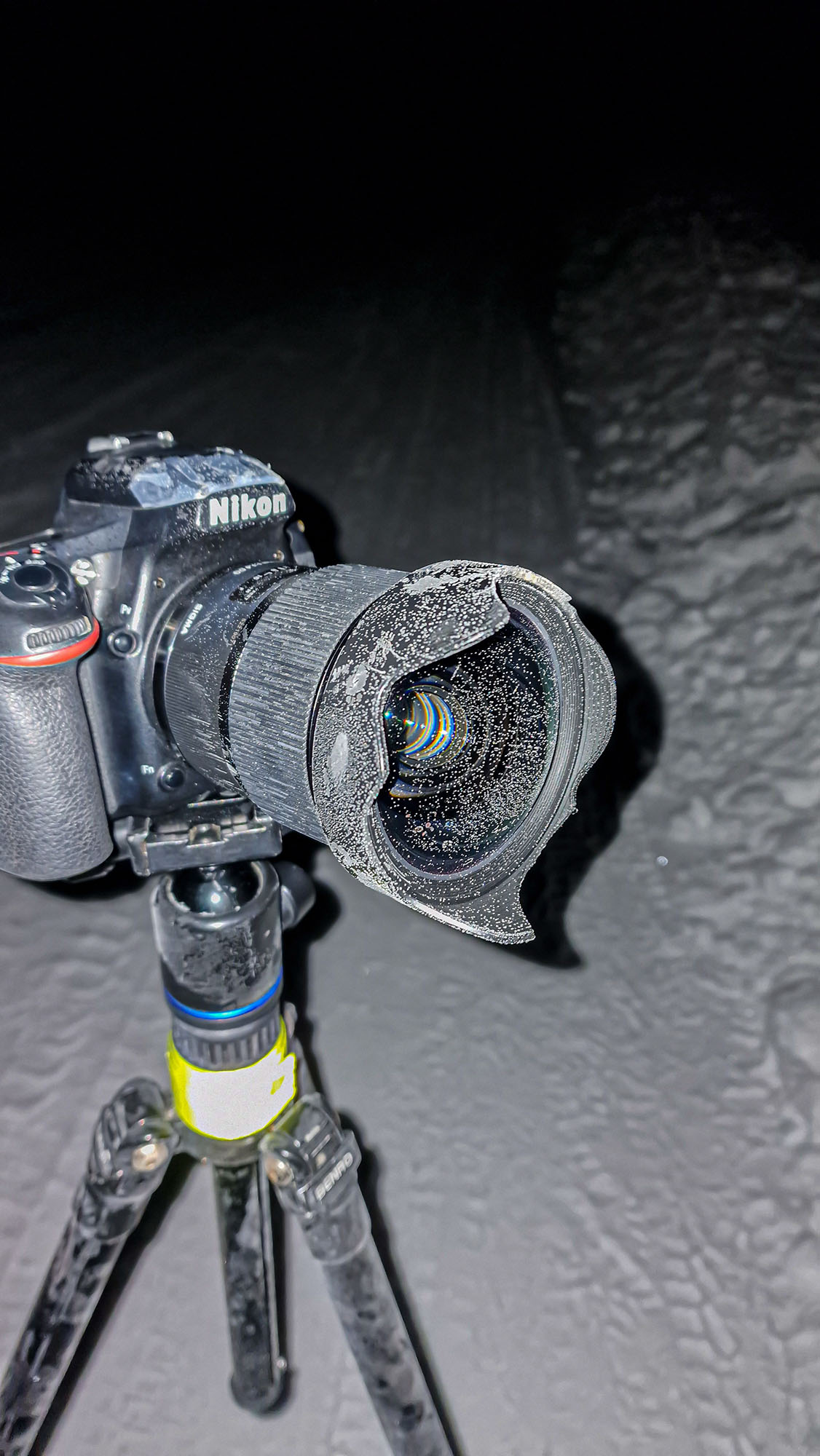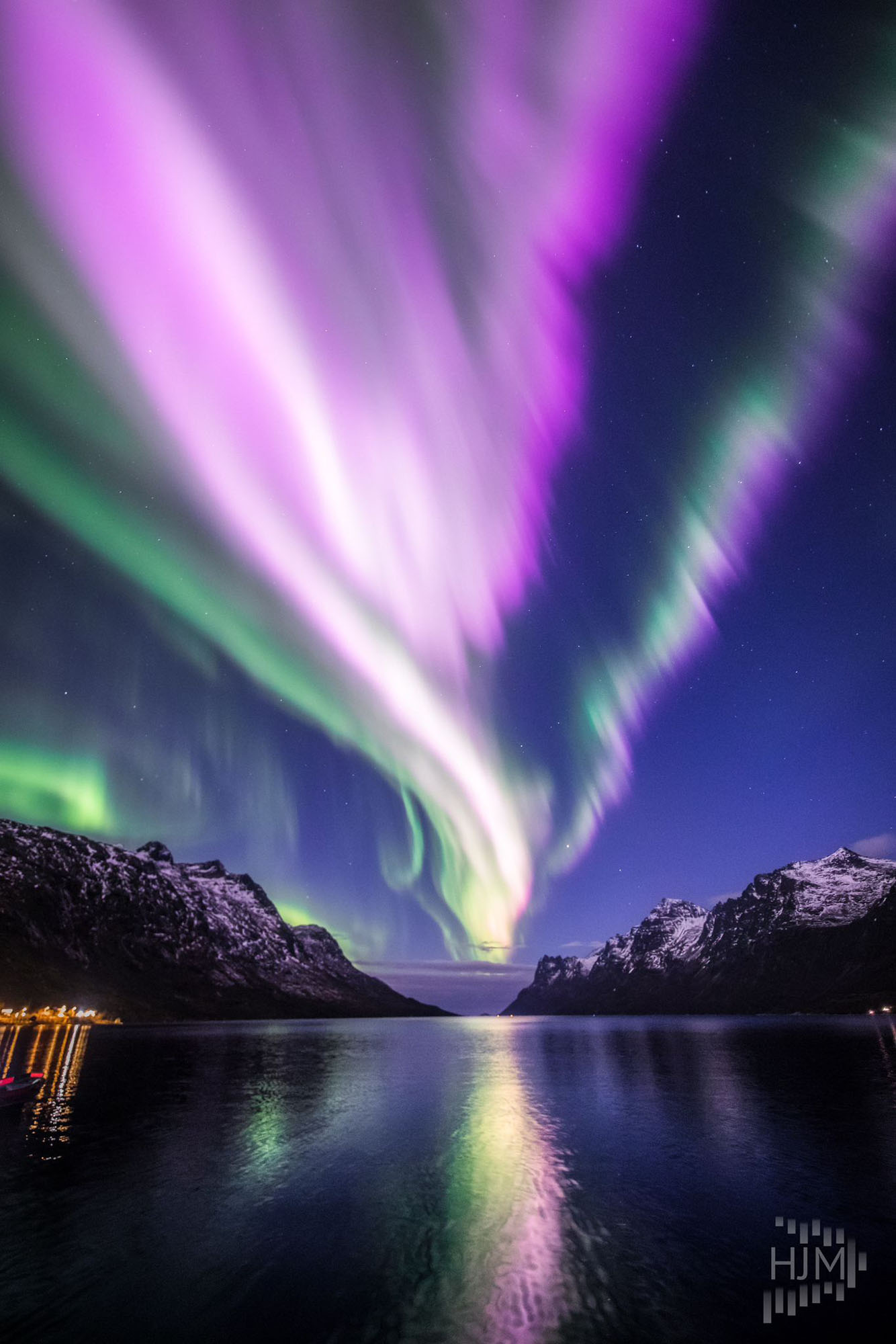Watching and photographing the northern lights is a typical winter sport. Warm clothes, gloves, a thermos with a warm drink are the minimum that you need to have. In addition, a flashlight, spare batteries, camera batteries and patience.
I also always have chemical warmers on hand, which I keep in my pocket with batteries. At low temperatures, the batteries “discharge” quickly and the heat helps them come back to life.
What we need:
Camera – anyone that has a manual mode, although now most new smartphones can also be done, of course not in the standard camera
Lens – for landscape photography, wide angle 14mm-24mm. All higher values will not capture the landscape with Aurora.
A tripod – everyone and without it, don’t move, and preferably a release cable / remote control, and even an application so as not to touch the camera.
My current camera is a Nikon D750 with a Sigma f/1.4 20mm lens
So here are the settings:
Preferably photos in RAW format – then in the appropriate program you can correct, for example, white balance.
Manual (M), exposure 0 (EV),
White balance – daylight, auto, 4000K for photos in JPG format, with RAW it can be auto
ISO – I mainly use 800 and above, usually 1600 or 2000.
Aperture (f) – the smallest value we have (e.g. f/1.4, f/2.8, f/3.5)
Sharpness – infinity. Depending on the camera, either you have to set it manually or there is an infinity mark on the lens. When setting manually, live view comes in handy to help you set up accurately. I focus on the brightest star I have in the sky. The stars should be dots, not balls
Exposure time – and here the stairs begin.The appropriate exposure time depends on the parameters we have set earlier and the capabilities of the camera. I recommend starting with 8 seconds and see what the photo looks like (too dark, too bright). The stronger and faster the aurora, the shorter the times. Mostly between 2.5 seconds and 15 seconds (2.5″ – 15″).You have to experiment.
However, the most important thing for me is to know your own camera, where the buttons are, where we can quickly change the settings – especially the exposure time and focus. There is no time to think, only action. It is worth trying at home, a few settings parameters, for the night sky (stars). When taking photos of the aurora, my fingers freeze very quickly
Remember that photographing the northern lights most often takes place in sub-zero temperatures, sometimes even at -30 ° C.Not all cameras and lenses can withstand such temperatures and tripods can break like glass.




